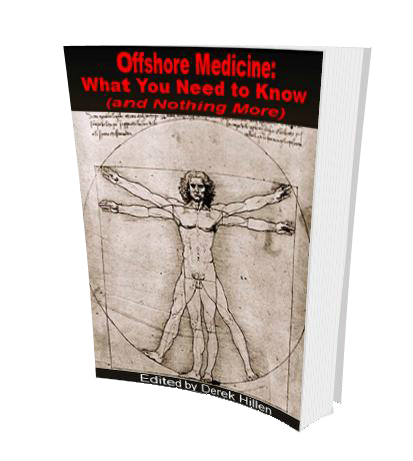- Boat
- Articles
- About
- Tehani-li Logs
- 2004
- Uligan Maldives
- Man, Oh Man, Oman
- Eritrea: The Nicest Place You’ve Never Heard Of
- Cruising Notes: Oman to Eritrea – From Pirates to Cappucinos
- Old Testament Sudan
- Egypt: Legend, Myth and Reality
- Thoughts on Cruising the Red Sea
- Greece: Civilization Again
- Montenegro
- Malta
- Sardinia, Italy
- Barcelona, Spain
- 2003
- 2002
- 2001
- 2004
- Contact
Sail or Power?

Seeing the world by boat is a great way to go, the best in my opinion, but what kind of boat? Basically, there are two types; sail boats and power boats (also known as “rag baggers” and “stink pots”). Each has their advantages. Let’s take a look at just what those are.
Are sail boats are cheaper to buy?
In general, this is the case. Power boats are bigger – more boat out of the water – and that costs money. They have much bigger engines and tanks – and that costs money too. Also, because of the power generated by their big engines (some have two) they can have more “systems,” or conveniences on board, such as SubZero refrigerators, air conditioning, heating, hot and cold running water, massive water makers, Jacuzzis – you name it.
All these things cost money to buy – and don’t forget, they cost a lot of money to maintain as well. To build a power boat strong enough to withstand heavy weather offshore takes a lot more engineering than the same for a smaller, less beamy, lower profile sail boat and you are charged accordingly.
Are sailboats are cheaper to run and maintain?
Yes, this is true as long as you don’t have damage to rigging and sails to repair or replace. You use much less fuel with a sailboat, some none at all. At the very least, you can choose when to use fuel or not. A power boat without fuel is not going anywhere fast. Power boats have more fiberglass to polish and more systems to maintain and with bigger engines mechanical repairs are much more costly.
Are sailboats are safer for long distance cruising?
That depends on the boat and the captain, of course. Some sail boats are not designed for offshore work and some shouldn’t even leave the marina. The same is true of power boats; fewer of them are built to head offshore. Those that are tend to be full displacement trawlers which have deeper hull configurations than their “planing hull” cousins. Some trawlers, such as Nordhavn, are specifically designed to go offshore. And they look great too. Check out “The Voyage of Egret,”.
We met Scott and Mary on Egret, their Nordhavn 46, when they had just crossed the Atlantic and arrived in Barcelona. This was back in 2004. They were just getting into the “whole cruising thing” and, at that time, hadn’t really decided on where they were going to go, or for how long they wanted to stay out. Reading their blog you can see how their ideas and confidence developed to the point they have now circumnavigated AND gone around Cape Horn!
One advantage a monohull sailboat has over a catamaran or trawler is that if you do get rolled you will come back up again. You will come up again without your mast and will have significant damage, however.
Are power boats are easier to handle?
This is sort of true as you don’t have to worry about sails, how to set them, and what all those lines are for. Power boats are certainly easier to handle in marinas with bow thrusters and twin screws. However, power boats in wind are harder to handle. This is again because of that reverse iceberg principle: most of the boat is out of the water which increases windage substantially.
The bible of trawler cruising has to be Robert Beebe’s “Voyaging Under Power,” written in 1974 after he had designed and built a trawler (rightly named “Passagemaker”) that took around the world. Nordhavn adopted a lot of his principles in their designs and in the book you will learn things like the all important A/B Ratio.
Are power boats are faster?
Trawlers, since we are limiting the discussion to power boats suitable for offshore passagemaking, only have a top speed of 8-10 knots and in flattish conditions. Anything bigger than 40 feet should be able to average 6 knots, or slightly more, over a long passage but fuel consumption is a big issue here. That extra knot of speed may mean burning 50% more fuel. A sailboat of equivalent size will also be able to move at that speed on average. The speed differential between power and sail is not great.
The obvious choice:
If you have a surplus of cash and don’t know which is right for you, go out on a few sailboats and try out a few power boats. You will find out pretty quickly which you like best. Some say in sailing, it is all about the journey not the destination, while in a power boat it is all about the destination. I think for short passages that may be true but if you are crossing an ocean in either, it is still a hell of a journey.
If you don’t have a ton of money then your decision is easy – you are going to learn how to sail!

